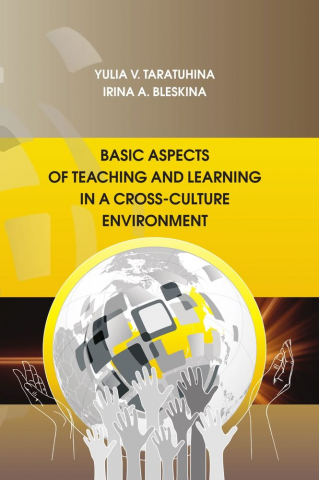It’s common knowledge that today’s education is becoming more
open and easily accessible; consequently, it is not limited by the boundaries of countries and regions. Moreover, online communication allows
the educational processes to transpire irrespective of the territorial
boundaries: not only the number of students is growing, but also their
cultural identities are becoming more diverse. Nowadays are facing
new problems caused by different world views, specific types of educational discourse, various information processing strategies etc. This
book describes the prerequisites for development in the area of crosscultural didactics. This approach is based on research studies of differences between mentalities, ways of working with educational information, culturally-specific teaching methods and teaching techniques
that determine differentiated approaches to the choice of multimedia
technologies in education system. Cross-cultural multimedia didactics
may be viewed as a combination of cultural, psychological and pedagogical aspects, of culture specific pedagogical discourse, unique features of ergonomic design of educational resources, cognitive and
pragmatic features and specific methods and forms of teaching and,
therefore, is set to become one of the most important trends in contemporary education system.
This book will be of interest not only to professional, who work in
modern cross-cultural education environment, but also to a wide range
of readers interested in cross-cultural communication.

